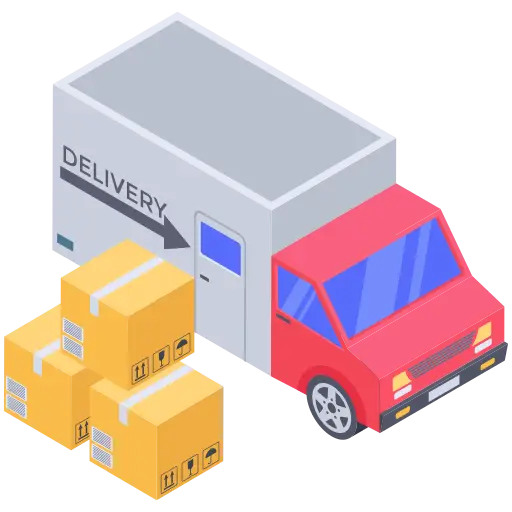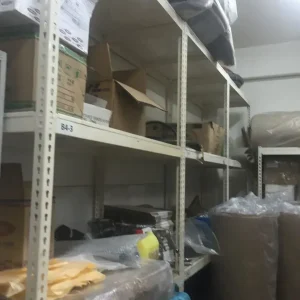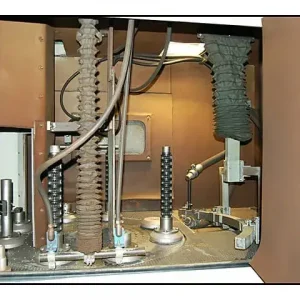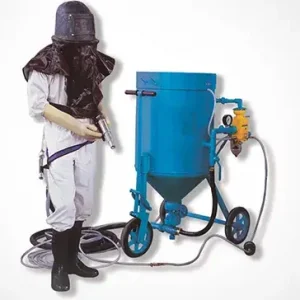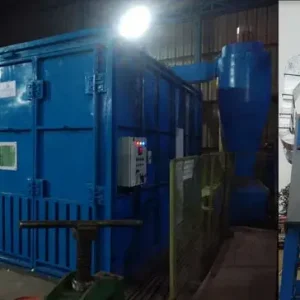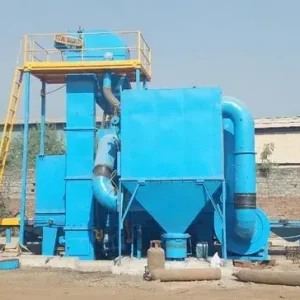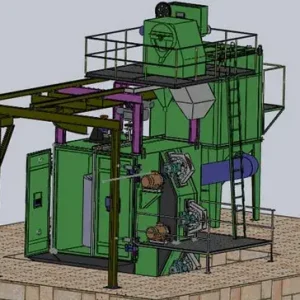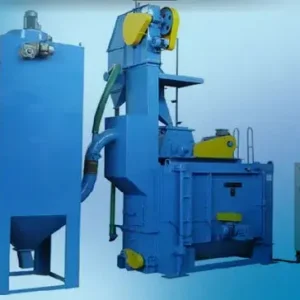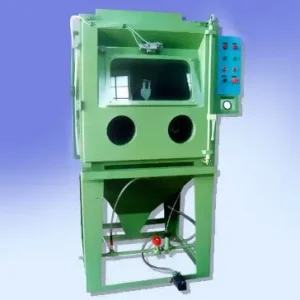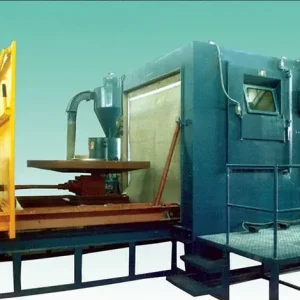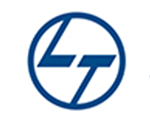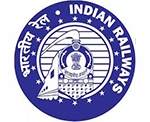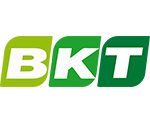In industries like steel, automotive, shipbuilding, and foundries, not every shot blasting machine can handle the workload. That’s where the term “heavy-duty shot blasting machine” comes in. But what exactly makes a machine heavy-duty? Let’s break it down.
1. Strong and Rigid Construction
A heavy-duty machine is built with thick steel structures, wear-resistant liners, and reinforced parts. This allows it to withstand continuous blasting cycles without losing efficiency.
👉 The sturdier the build, the longer the machine lasts, even under extreme workloads.
2. High-Powered Blast Wheels
The blast wheel is the heart of the machine. Heavy-duty machines use larger, high-horsepower wheels that can project abrasive media at higher speeds and cover more surface area in less time.
👉 This ensures faster cleaning rates for big jobs like steel plates, castings, and large fabrications.
3. Continuous Duty Cycle
Unlike standard machines that may need downtime after long runs, heavy-duty models are designed for 24/7 operations. They can handle high volumes of abrasive and work continuously without overheating or wearing out quickly.
4. Wear-Resistant Components
Since abrasive media is highly aggressive, heavy-duty machines use manganese steel liners, hardened alloys, and replaceable parts that can endure constant impact.
👉 This reduces maintenance frequency and increases overall life span.
5. Efficient Dust Collection
Heavy-duty doesn’t only mean more power; it also means better dust control. These machines come with advanced dust collectors and filters, keeping the workplace clean and ensuring compliance with environmental standards.
How Shot Blasting Improves Paint Adhesion on Metal Surfaces
Unveiling the Secrets: A Day in the Life of a Shot Blasting Machine
6. Larger Media Handling Capacity
Heavy-duty shot blasting machines are equipped with big hoppers, conveyors, and elevators to handle large quantities of abrasive media without interruption.
7. Automation & Smart Controls
Modern heavy-duty models often include PLC controls, load monitoring, and automation features that ensure consistent blasting quality while minimizing human error.
8. Applications of Heavy-Duty Shot Blasters
These machines are commonly used in:
- Steel plants for cleaning plates, beams, and structures.
- Foundries for descaling and casting cleaning.
- Automotive and railway industries for heavy components.
- Shipyards for rust removal and coating preparation.
Conclusion
A shot blasting machine is considered “heavy-duty” when it combines strength, durability, power, and efficiency to perform large-scale surface preparation continuously and reliably.
At AeroWheel Surface Finishing, we design heavy-duty shot blasting machines tailored to industries that demand maximum performance and long service life — ensuring your operations never slow down.

